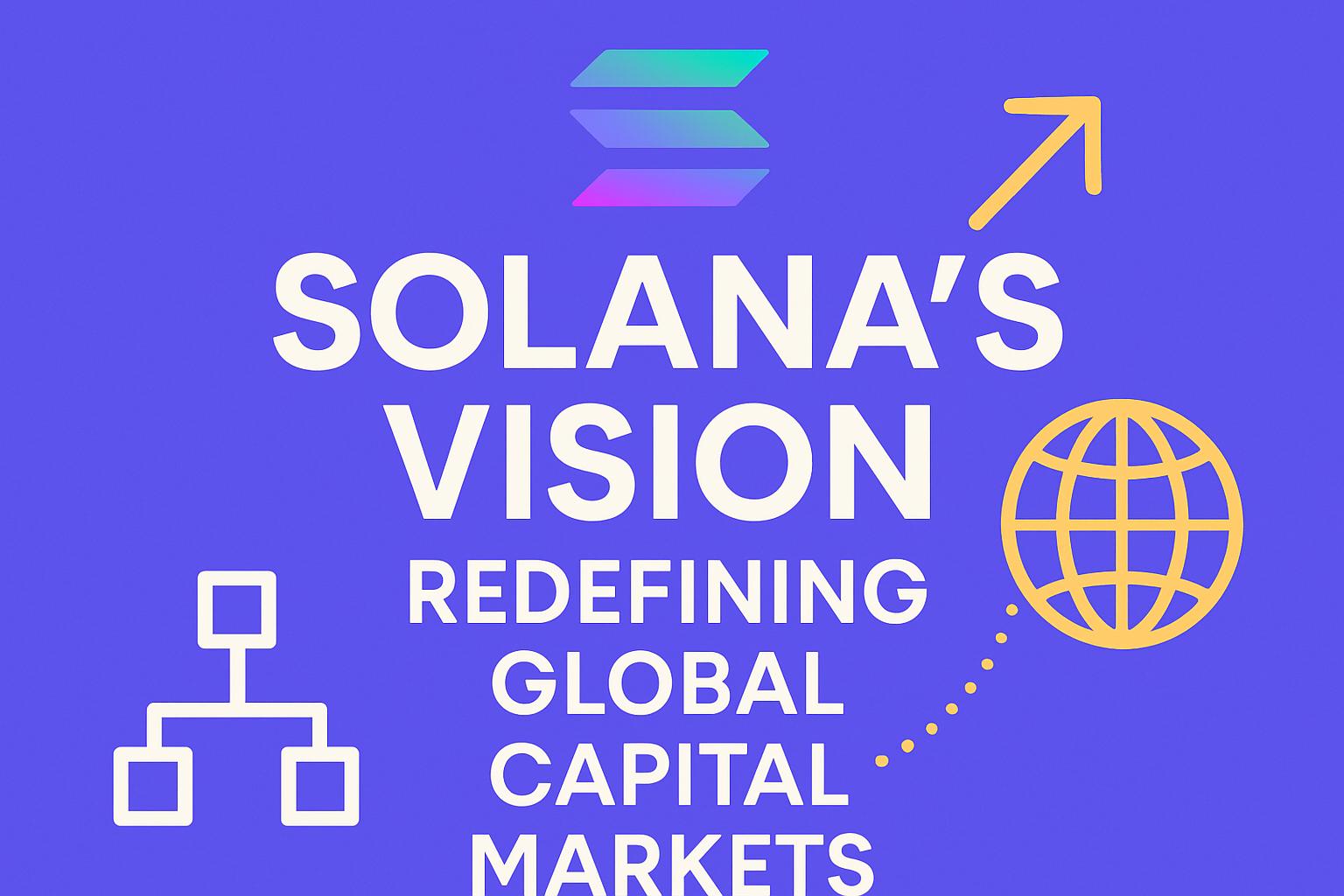Solana, known for blazing speeds and low latency, is embarking on an ambitious journey to redefine global capital markets. Announced in their latest document, The Internet Capital Markets Roadmap, the blockchain seeks not just faster transaction speeds but to transform existing market structures and logic.
Challenging the Status Quo: The Issue with Colocation
The current reliance on colocation for speed in financial markets introduces significant geographical delays. Imagine all validators centered in New York when a market-moving event occurs in Tokyo. This dependency hinders real-time reaction, affecting market efficiency.
Solution: Geographic Decentralization
Solana proposes geographic decentralization through Multi-threaded Concurrent Leaders (MCL) for instantaneous global information integration. This approach accelerates genuine and fair price discovery, with the added benefits of increased resilience against disasters and censorship resistance, offering local portals with reduced latency.
Rather than banning colocation, Solana seeks to diminish its advantage through infrastructural design and protocol innovation. The strategy encompasses:
- Multi-threaded Concurrent Leaders (MCL): Multiple block producers work concurrently, disrupting the single block producer sequence control.
- Rapid Block Time and High-Frequency Consensus: Achieving approximately 400 milliseconds per block, backed by protocols like QUIC and Tower BFT.
- Geographic Distribution: Encouraging diverse node placement without fixed validator positions or centralized fast lanes.
- Decentralized Inclusion: Future implementation will enable more nodes to ensure transaction queuing locally.
Balancing Market Dynamics: Maker vs. Taker
Solana’s system does not overtly favor makers or takers; however, the periodic auction scheduler grants takers a subtle edge. The Application-Controlled Execution (ACE) mechanism will empower applications to set these priorities, potentially including features like speed bumps, enhancing market health and liquidity.
ACE: A Paradigm Shift in Market Structure
Solana’s ACE allows applications to control transaction ordering, introducing a dynamic, programmable choice in market microstructure design. By doing so, it integrates performance, fairness, and privacy considerations.
Technological Upgrades: BAM, DoubleZero, and Alpenglow
Three major upgrades support ACE implementation:
- Block Assembly Market (BAM): Launching in July, it transforms Solana’s block space into an open, programmable sandbox, with privacy and verifiability through TEE.
- DoubleZero (DZ): A low-latency optical fiber network expected to launch in September, significantly enhancing bandwidth and network resilience.
- Alpenglow Consensus Engine: Scheduled for late 2025, it compresses confirmation to 150 milliseconds, supporting asynchronous execution and MCL.
Future Prospects: Solana’s Ambitious Blueprint
Solana envisions transitioning from a rapid blockchain to a digital backbone for global capital markets, aiming to rival traditional financial infrastructures by combining high efficiency, composability, and decentralization. Should this roadmap unfold successfully, Solana could become the comprehensive operating system for financial markets, marking a new era in decentralized finance.

![[News] Bitcoin at a Turning Point? 10x Research Signals a Bullish Macro Shift Ahead](https://cryptoexplores.com/wp-content/uploads/2025/06/new20250616.jpg)
![[News] Binance Lists $HOME, the Gas-Free, Bridge-Free All-in-One DeFi App](https://cryptoexplores.com/wp-content/uploads/2025/06/news20250617.jpg)